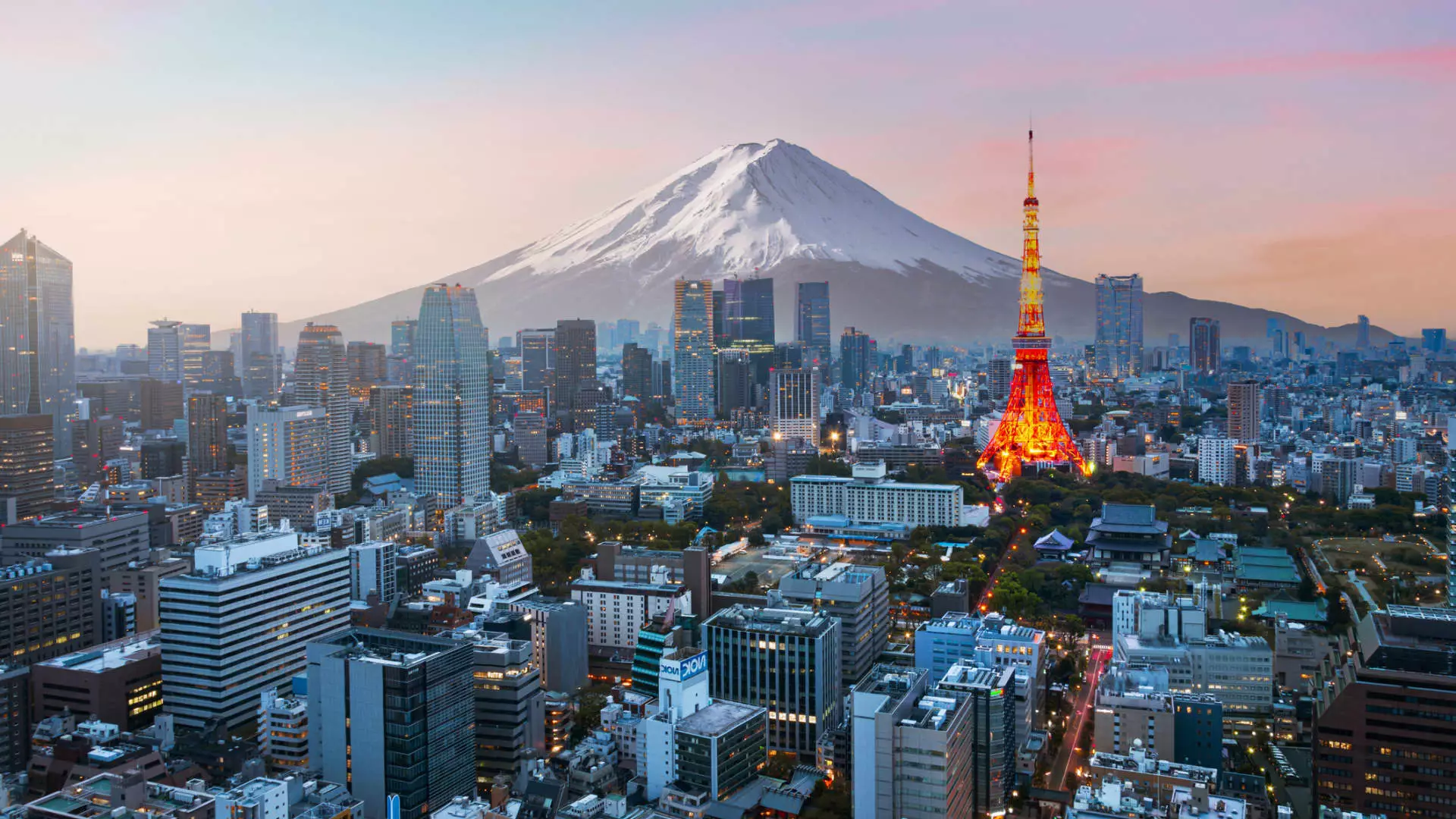Relocating to a bustling metropolis can be an exhilarating venture, packed with potential opportunities and lifestyle enhancements. However, before packing your bags and moving to a city renowned for its dynamic culture and economic prospects, understanding the financial implications is imperative. As observed in data compiled by Numbeo, the average monthly cost for a single resident in Tokyo is around $2,050. This figure sheds light on the broader financial realities that individuals may face in similar urban landscapes.
With living expenses climbing, some cities have earned notoriety for their exorbitant costs. Notably, New York City and San Francisco frequently top the list of the priciest cities globally when factoring in rent. According to the most recent Cost of Living Index for 2025, residents in New York face estimated monthly expenses nearing $5,639. This comprehensive figure encapsulates all necessary living costs, including rent for a one-bedroom apartment situated in the heart of the city. The correlation between high wages and living costs is evident; while income may increase in these cities, so too do expenses, creating a complex financial landscape for potential newcomers.
Shifting focus to Asia, Singapore emerges as the top contender for the highest living costs. A single individual residing in this city can expect to fork out approximately $4,000 monthly, a figure aligning closely with what one would spend in London. This comparison highlights an alarming trend where urban living can strain personal finances, reinforcing the need for thorough budgeting and planning.
In Europe, Swiss cities like Zurich and Geneva also claim spots within the highest echelons of living costs, placing third and fourth in the global rankings, respectively. The sheer expense of everyday life in these cities may lead one to question the trade-offs of comfort versus crippling financial strain. Critical thinking about lifestyle aspirations and financial stability is essential before making such a commitment.
Navigating the complexities of urban life demands a solid budgeting strategy. The 50-30-20 rule is a widely praised framework among financial experts, advocating for the allocation of 50% of one’s income towards essential expenses, 30% towards non-essentials, and 20% aimed at savings and investments. For individuals pondering their living expenses in the world’s major cities, adhering to such a guideline could provide a clearer pathway to financial health amidst the chaos of city living.
Despite the allure of vibrant urban centers, prospective residents must scrutinize the financial realities that accompany their dreams. Cities like Tokyo, New York, and Singapore may offer a wealth of experiences, but the costs associated with living there necessitate attentive planning and realistic budgeting. Ultimately, an informed decision can mean the difference between thriving in a new environment or feeling the weight of economic pressures.


Leave a Reply